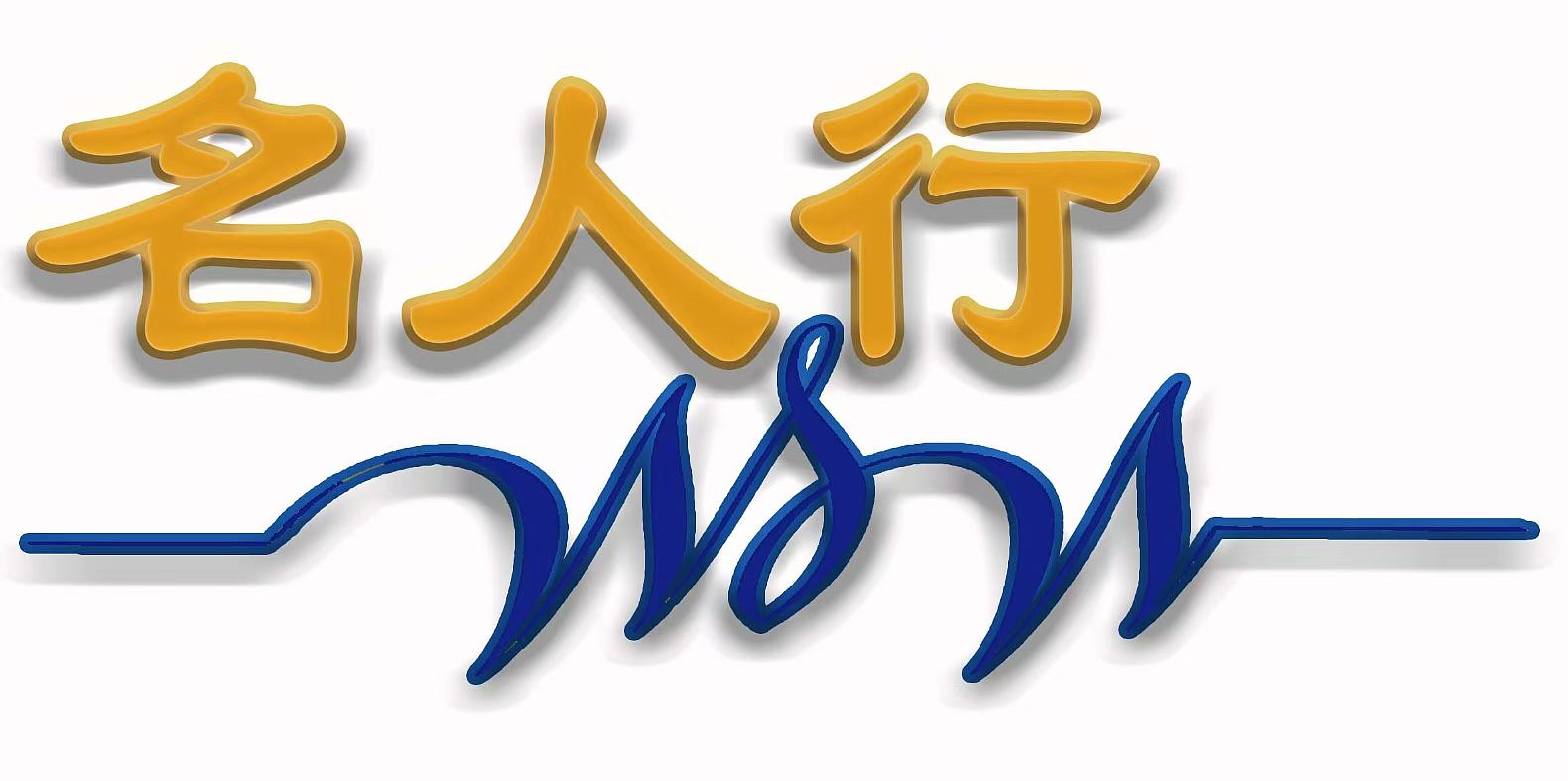Dao and Treasure: Unveiling the Intersection of Decentralized Finance and Digital Assets
In recent years, the emergence of Decentralized Autonomous Organizations (DAOs) has revolutionized the financial and technological landscapes. Coupled with the concept of “treasure,” which can be broadly interpreted as digital assets or valuable resources stored and governed by a community, DAOs are reshaping how value is created, managed, and distributed. This article delves into the synergy between DAOs and treasure, exploring their origins, mechanisms, challenges, and potential to transform industries.
The Genesis of DAOs
DAOs are blockchain-based organizations that operate without centralized leadership. Their governance is encoded in smart contracts—self-executing contracts with the terms directly written into code. These organizations allow members to collectively make decisions, allocate resources, and govern operations transparently and autonomously.
The concept of DAOs gained prominence with the rise of Ethereum, which provided the infrastructure for building decentralized applications (dApps). The first significant DAO, aptly named “The DAO,” launched in 2016, aimed to function as a venture capital fund for the decentralized world. Despite its early setback due to a security exploit, The DAO established a foundational framework that inspired subsequent developments in the space.
Understanding Treasure in the Context of DAOs
In the realm of DAOs, “treasure” represents the collective pool of assets managed by the organization. These assets can include cryptocurrencies, tokens, non-fungible tokens (NFTs), and even real-world assets tokenized on the blockchain. The treasure is often the lifeblood of a DAO, funding its initiatives, rewarding contributors, and ensuring its sustainability.
The treasure is typically stored in a multi-signature wallet or a smart contract, accessible only through the consensus of DAO members. This decentralized approach to asset management ensures that no single entity has unilateral control, aligning with the core principles of transparency and collective ownership.
The Mechanics of DAOs and Treasure Management
1. Governance and Decision-Making
DAOs operate through a governance model where members propose and vote on initiatives. Each member’s voting power is often proportional to the number of governance tokens they hold. Proposals might include funding a project, allocating resources, or making strategic decisions about the DAO’s direction.
For instance, in a DAO focused on environmental conservation, members could propose funding a reforestation project. If approved, funds from the treasure are allocated accordingly, ensuring the community’s collective will is enacted.
2. Smart Contracts and Automation
Smart contracts underpin the functionality of DAOs, automating processes such as fund disbursement, membership management, and milestone tracking. Once specific conditions are met, these contracts execute actions without requiring human intervention, minimizing the risk of corruption or bias.
3. Transparency and Accountability
All transactions and decisions within a DAO are recorded on the blockchain, providing an immutable and transparent ledger. This level of transparency fosters trust among members and ensures accountability in managing the treasure.
Use Cases of DAOs and Treasure
1. DeFi Platforms
In the decentralized finance (DeFi) sector, DAOs manage protocols and govern their operations. For example, MakerDAO oversees the DAI stablecoin, with its treasure used to maintain the currency’s stability and fund ecosystem development.
2. Creator Economies
Creator-focused DAOs pool resources to support artists, musicians, and writers. By collectively managing treasures, these DAOs fund projects, purchase works, and create opportunities for collaboration.
3. Impact Investing
DAOs aimed at social good use their treasures to fund initiatives such as renewable energy projects, educational programs, and community development. Members can ensure their contributions are directed toward meaningful causes through transparent governance.
4. NFT Collectives
NFT-focused DAOs pool funds to acquire valuable digital art and collectibles. Members share ownership of these assets and can collectively decide their future, such as exhibiting them or reselling them for profit.
Challenges and Risks
While DAOs and their treasures present numerous opportunities, they also face significant challenges:
1. Security Vulnerabilities
Smart contracts, while efficient, are not immune to vulnerabilities. Exploits can lead to the loss of assets, as seen in the infamous case of The DAO hack in 2016. Ensuring robust code audits and security measures is crucial.
2. Regulatory Uncertainty
The decentralized nature of DAOs poses challenges for traditional regulatory frameworks. Questions about liability, taxation, and compliance remain unresolved in many jurisdictions, creating potential legal risks for participants.
3. Coordination and Governance Issues
Achieving consensus in a decentralized environment can be slow and contentious. Low voter participation and power imbalances among token holders can hinder effective decision-making.
4. Treasure Mismanagement
Improper allocation or misuse of treasure assets can lead to financial instability. Transparent accounting practices and regular audits are essential to mitigate this risk.
The Future of DAOs and Treasure
As blockchain technology matures, the potential for DAOs and treasure management is vast. Innovations in governance models, such as quadratic voting and delegated voting, aim to address existing challenges and make decision-making more inclusive.
Moreover, the integration of artificial intelligence (AI) and machine learning can enhance DAO operations by providing data-driven insights and automating routine tasks. For example, AI-powered tools can analyze market trends to optimize treasure allocations, ensuring resources are used efficiently.
Interoperability between different blockchain ecosystems is another promising development. Cross-chain solutions enable DAOs to manage treasures spanning multiple platforms, unlocking new possibilities for collaboration and asset diversification.
Conclusion
The intersection of DAOs and treasure represents a paradigm shift in how value is created, managed, and distributed. By leveraging blockchain technology, these organizations empower communities to take collective ownership of resources and make decisions transparently and autonomously.
However, realizing the full potential of DAOs requires addressing their inherent challenges and navigating the complexities of a rapidly evolving landscape. As innovations continue to emerge, DAOs and treasure have the potential to redefine industries, democratize access to resources, and pave the way for a more equitable digital economy.

Comments (0)
No comments